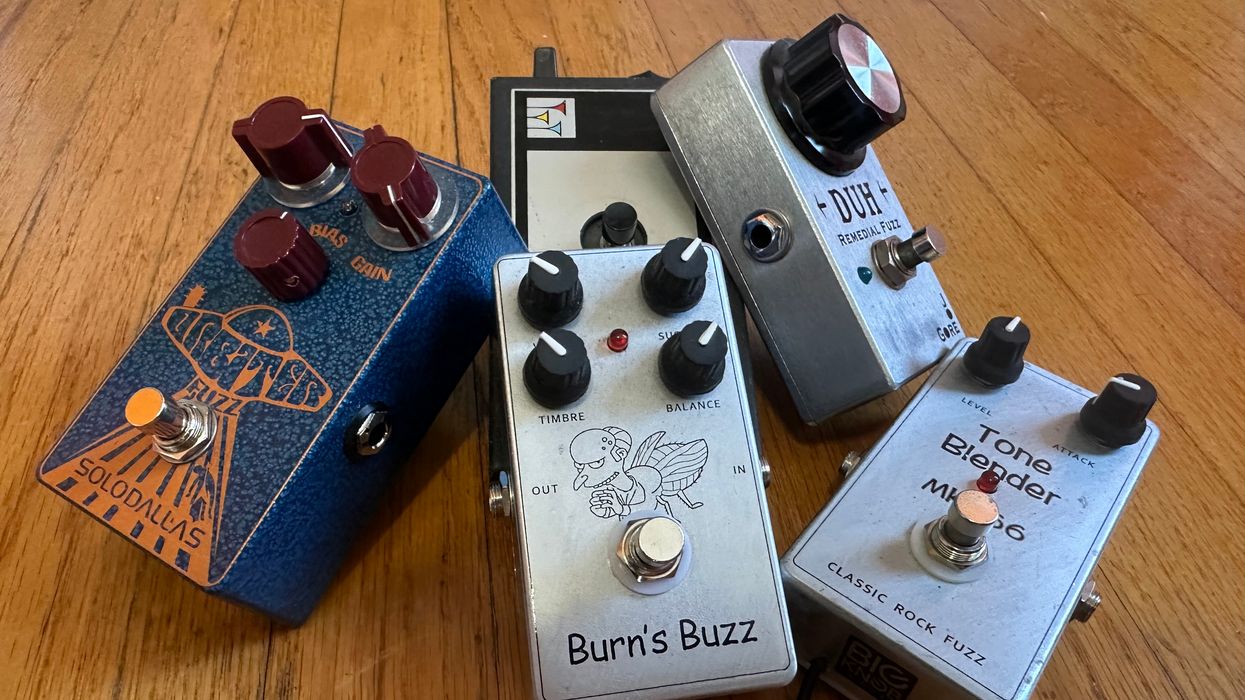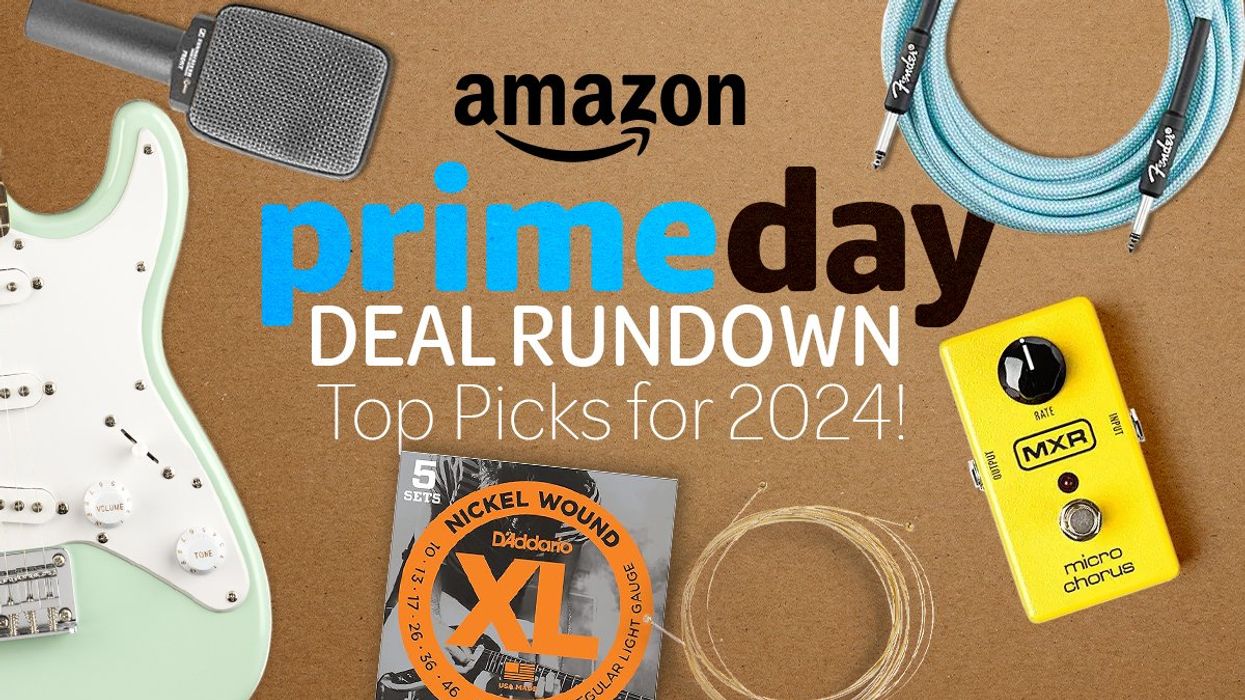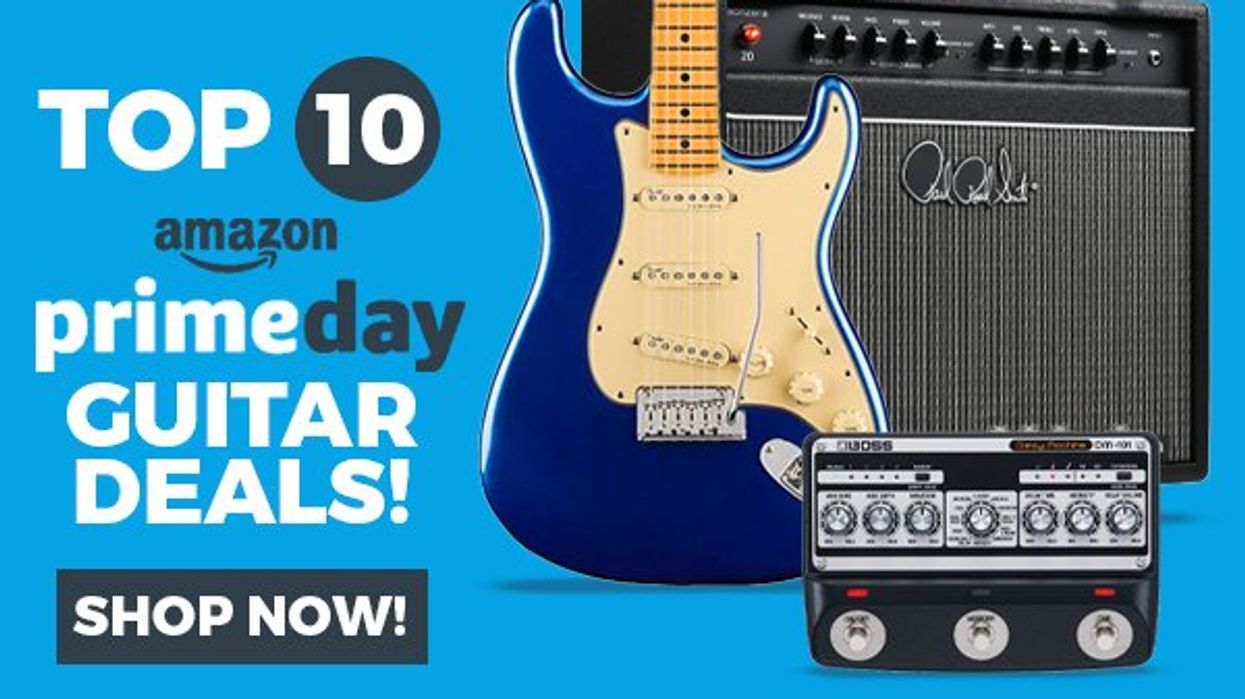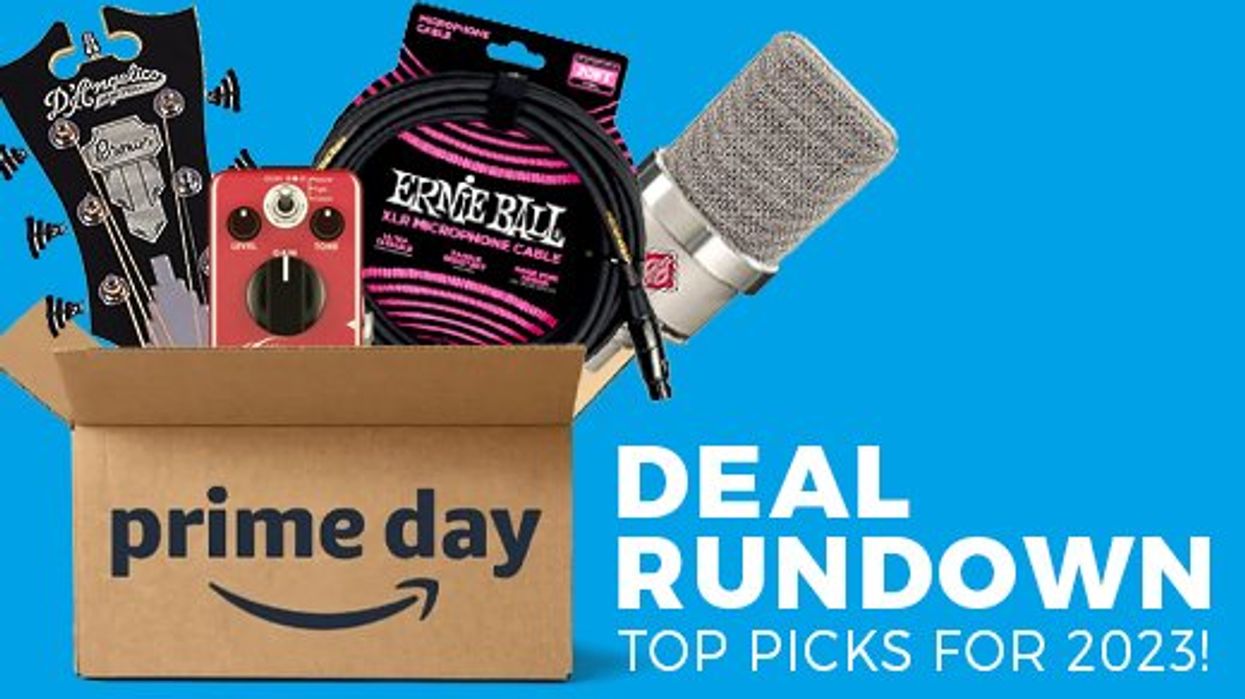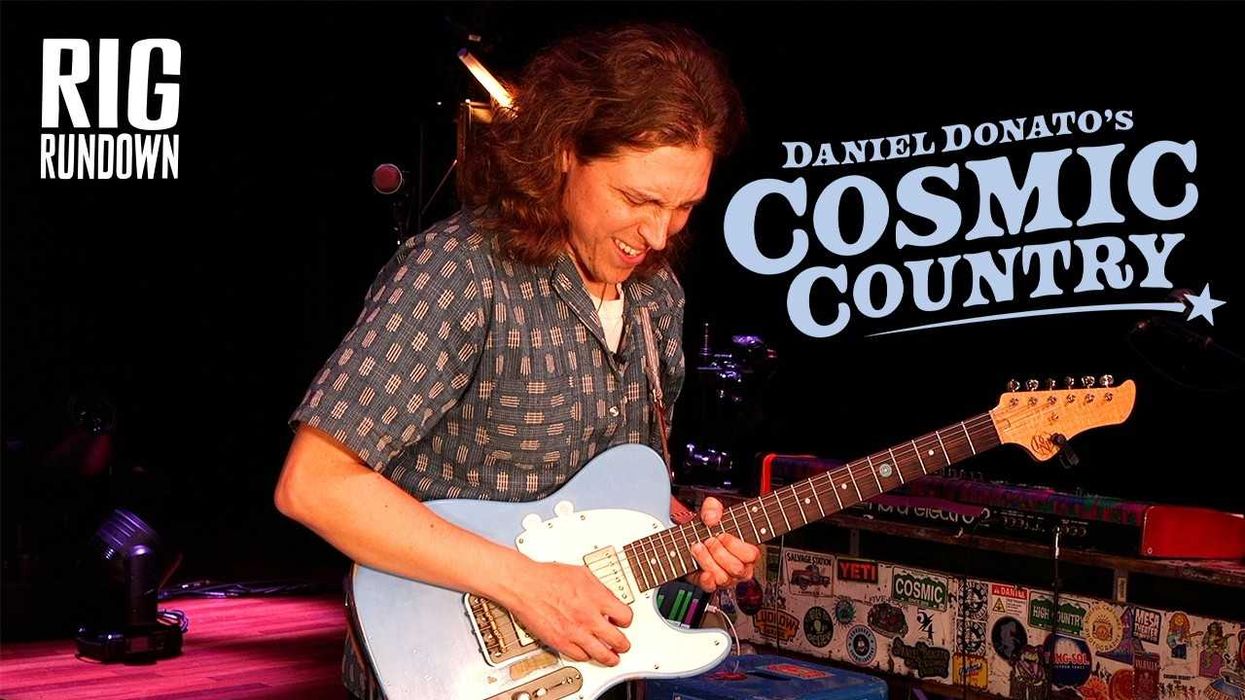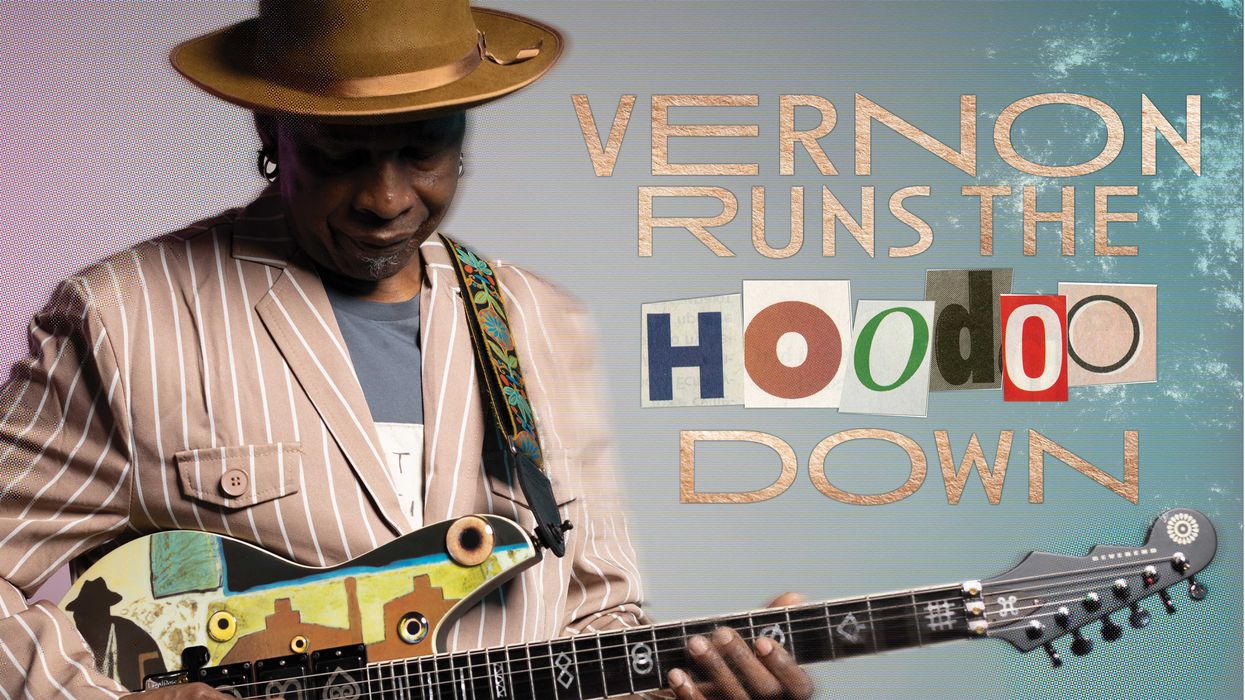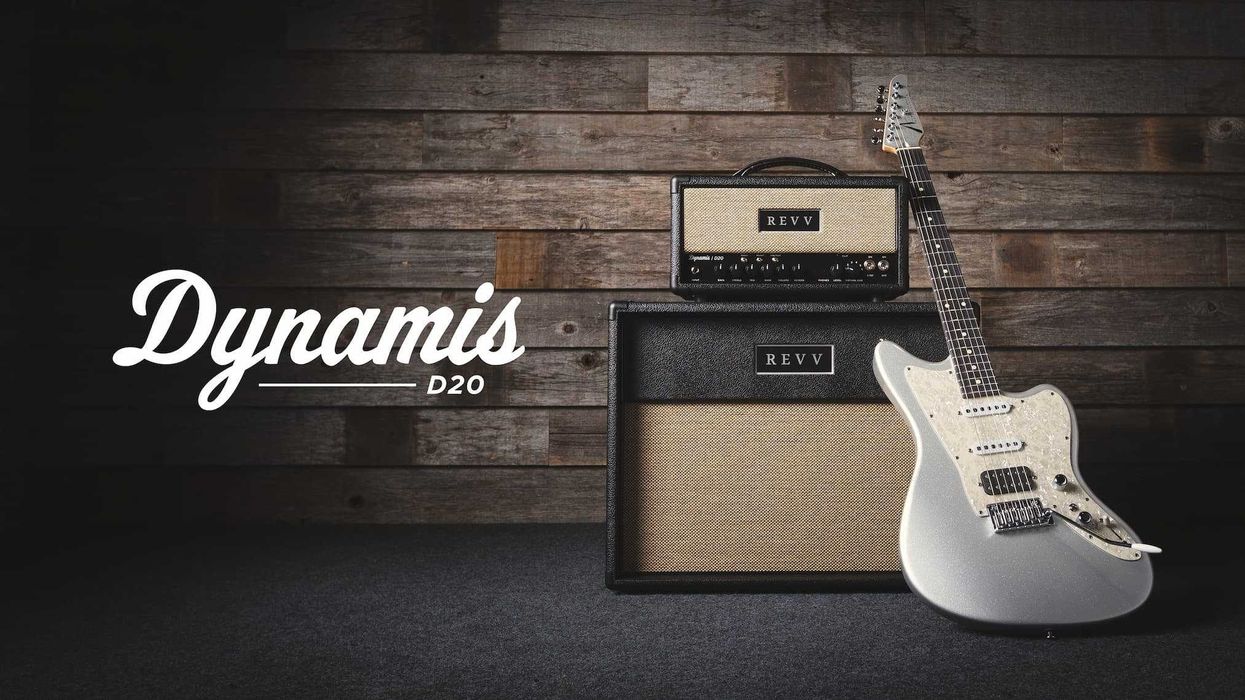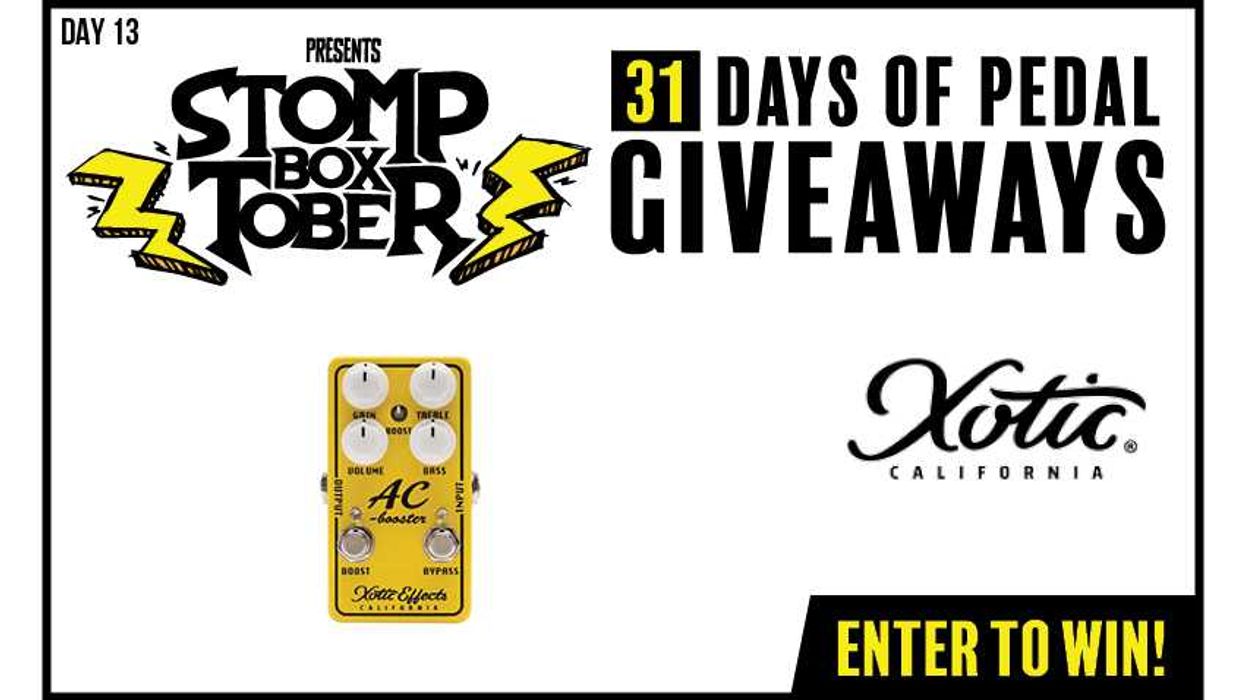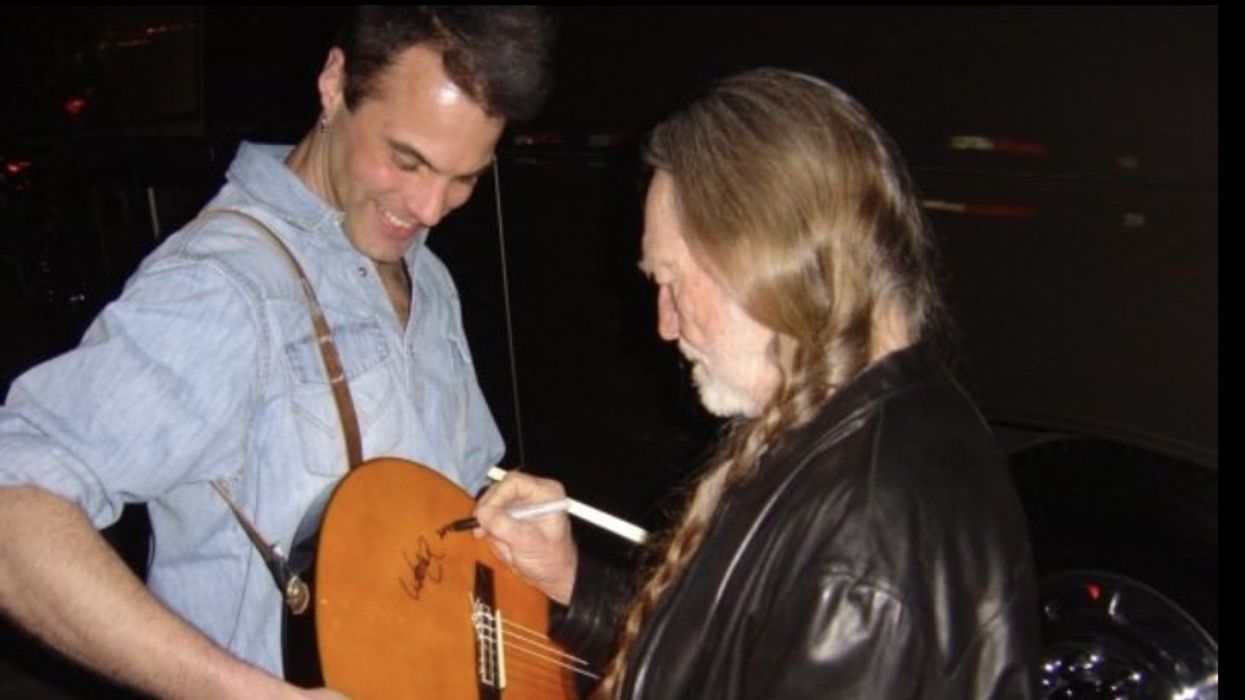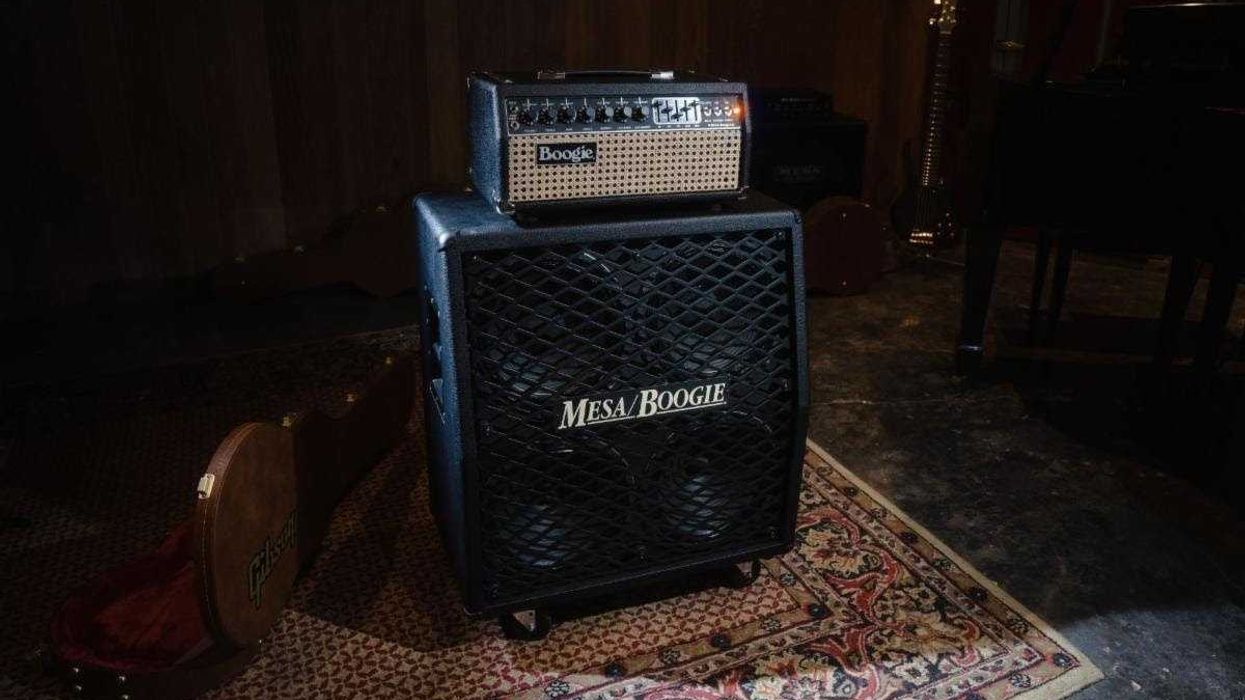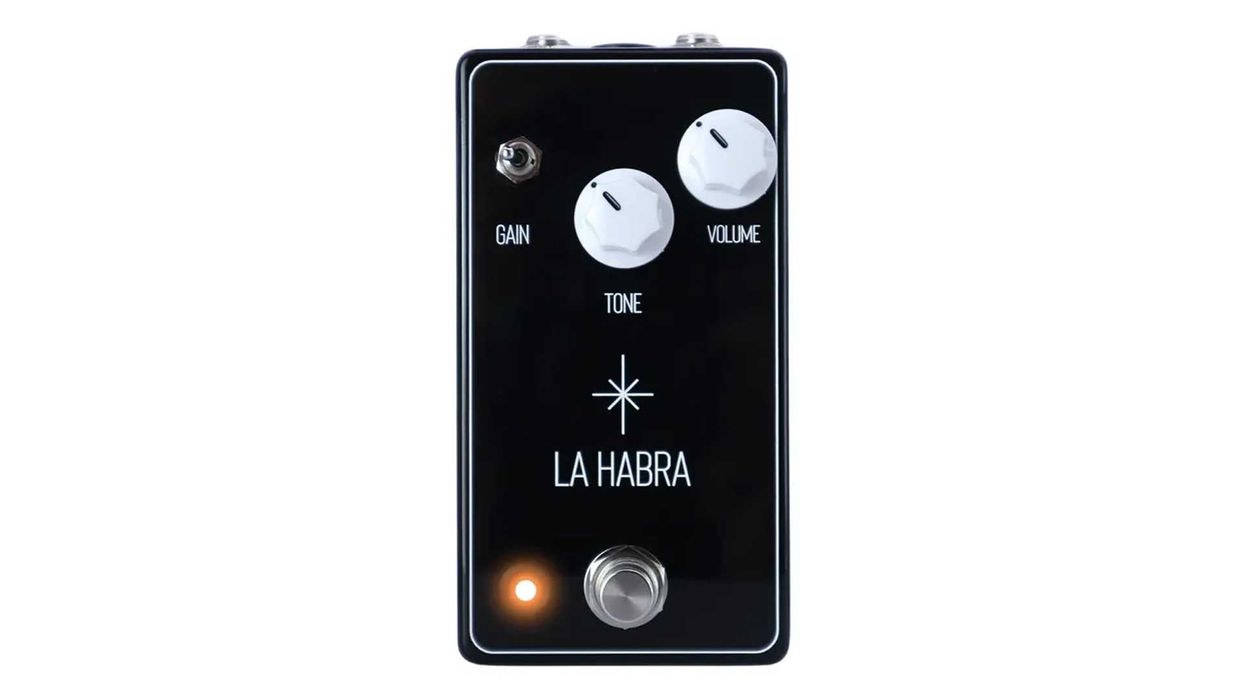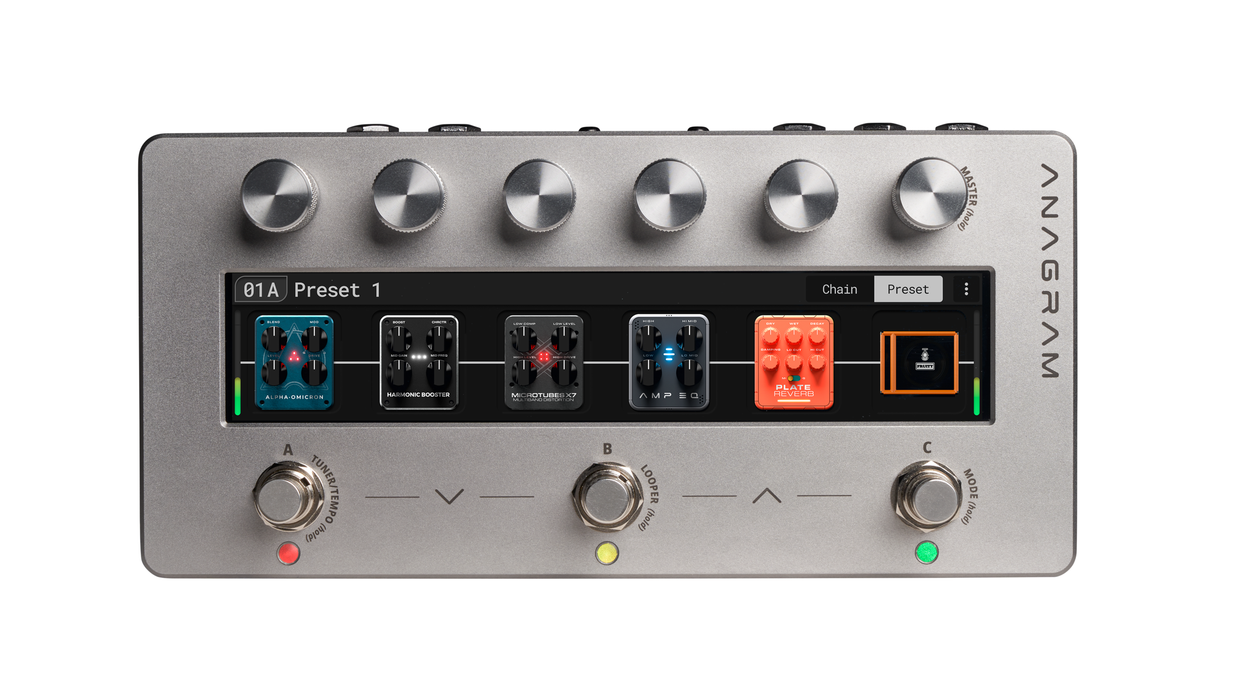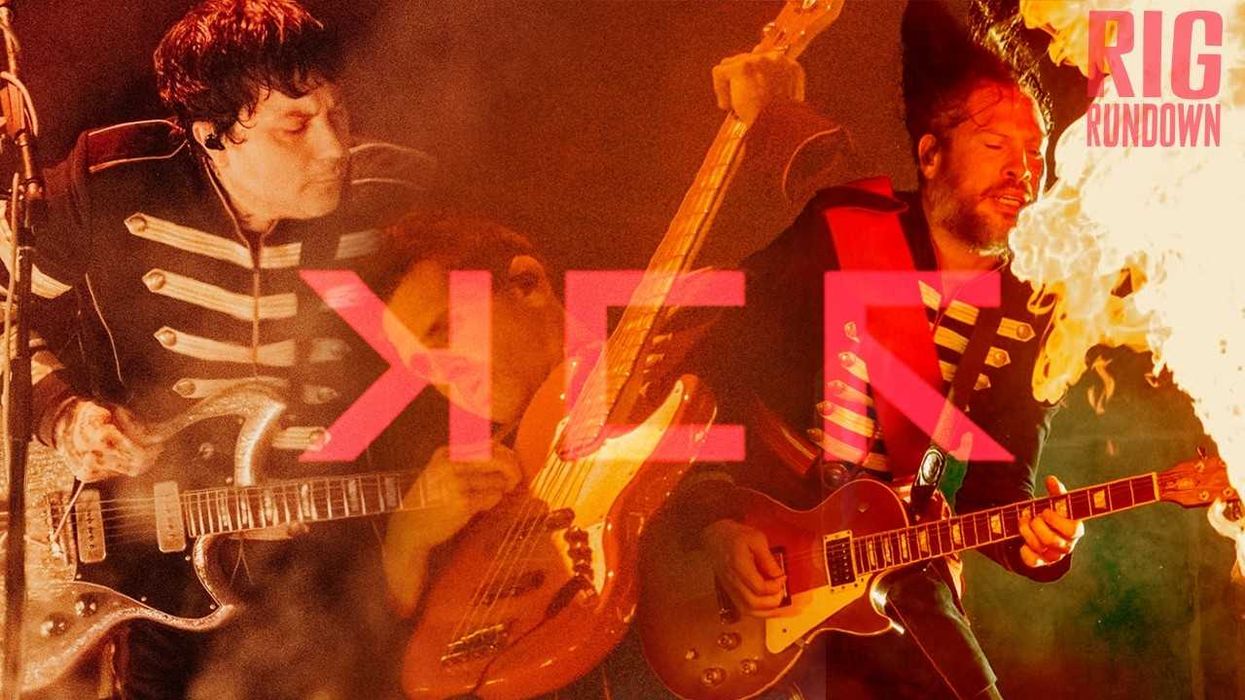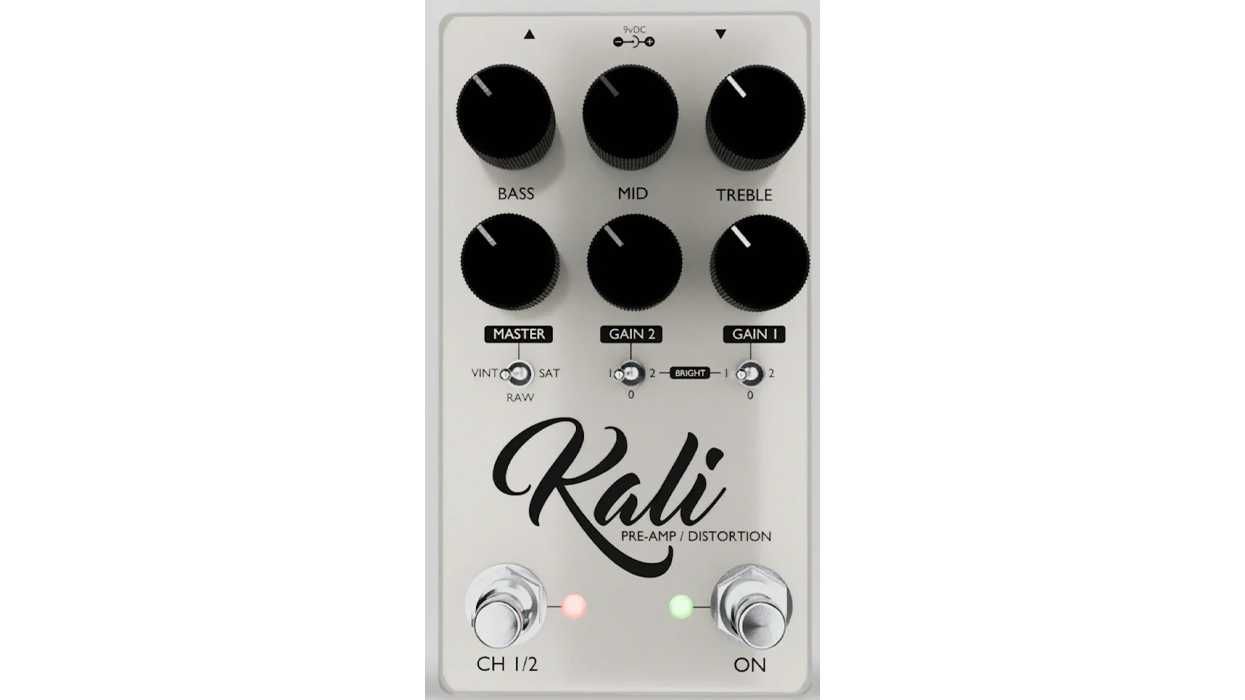Facing a mandatory shelter-in ordinance to limit the spread of COVID-19, PG enacted a hybrid approach to filming and producing Rig Rundowns. This is the 15th video in that format, and we stand behind the final product.
Following the release of Brother Hawk’s EP Big Trouble Sessions (with remarkable covers of Alice in Chains and Soundgarden) and amid writing sessions for their next full-length album, the guitar-and-keys duo of guitarist/vocalist JB Brisendine and keys/vocalist Nick Johns-Cooper welcomed PG’s Perry Bean into their Atlanta-based jam space. The hardcore-kid-turned-southern-blues-rocker explains tailoring his tone to a specific pickup, switching from American-voiced 100-watt amps to 50-watt British-flavored plexis, and dealing spades of snarl and sizzle thanks to three different fuzzes. Plus, Johns-Cooper lays out his setup putting him more in a driving “rhythm-guitar” role than backseat-keys player.
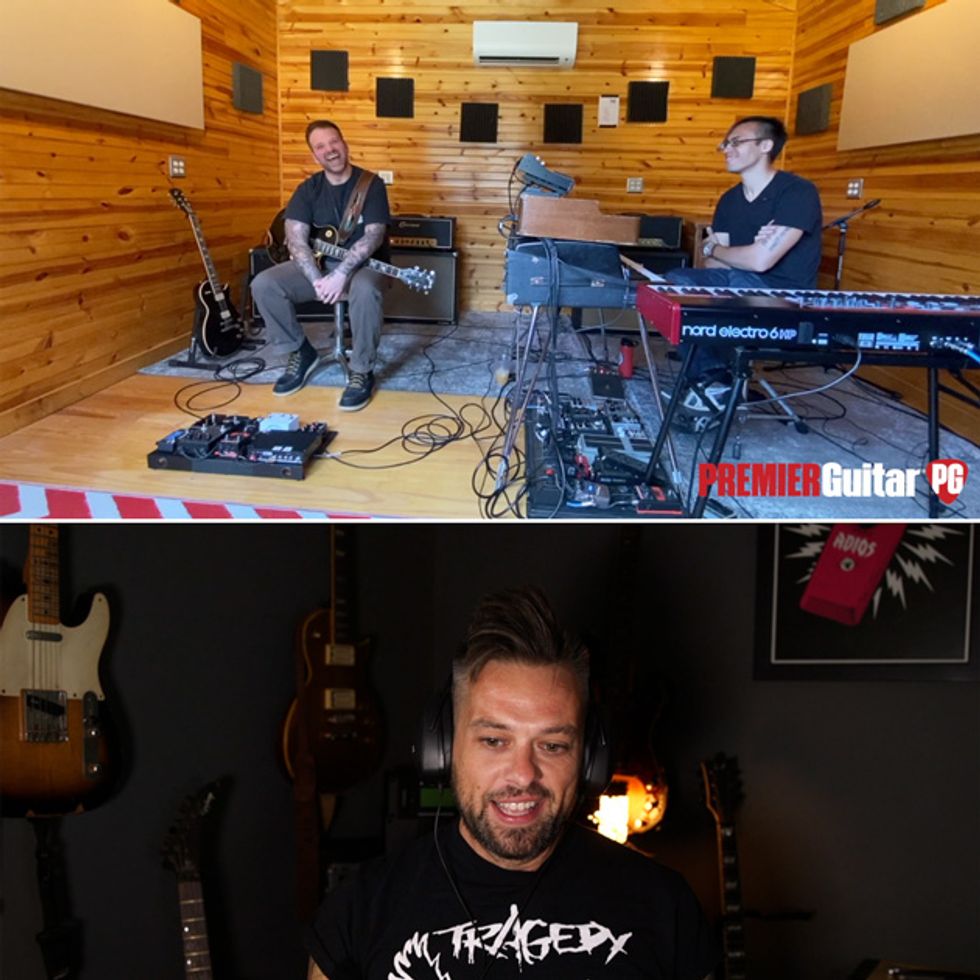

JB is an unabashed Les Paul dude. He got the Les Paul Standard (left) at 18. It was his main guitar for years (always favoring the neck pickup) until he purchased the 1978 Gibson Deluxe Pro (right) about five years ago. Loving the tone of P-90s but hating their onstage shortcomings (buzz), he opted for the middle ground by putting in a Lollar mini-humbucker in the bridge and a Porter mini ’bucker in the neck. The Lollar bridge mini is his go-to pickup on the Deluxe Pro and is the foundation in which the rest of his current tone is built around. Both guitars are typically in Eb standard tuning and take D’Addario strings gauged .012–.060. (That’s the set he’s played since he was 9 years old because he read SRV used huge strings.)

During his days of neck-humbucker glory with his first Les Paul, he would pair that force with a 100-watt Fender or Dumble-style amp with tons of headroom to even out the guitar’s low-end thickness and woof. Now that he rocks and rolls with a mini-humbucker in the bridge, he prefers matching the Deluxe Pro with 50-watt plexi-style amps. His main guitar for the last year or so has been this 2006 Germino Classic 45. The head uses high-plate voltage on the power transformer to give more clarity and headroom to the standard plexi formula. The Classic 45 runs into two Germino 2x12 cabs—the one under the head has Celestion Cream Alnicos and the all-black cab has Celestion Heritage G12H 30-watt speakers.
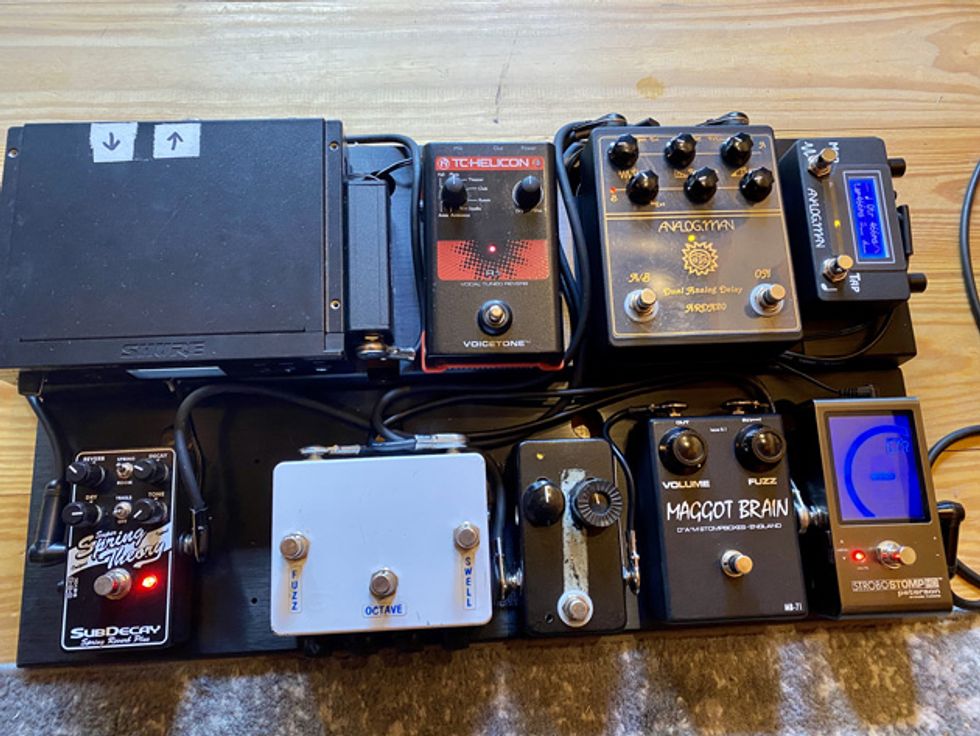
JB’s signal starts by hitting the Peterson StroboStomp HD. The first tone tickler is the D*A*M* (Differential Audio Manifestationz) Stompboxes Maggot Brain fuzz based on a BC108 Fuzz Face. To its left is another fuzz—a custom recreation of a Dallas Rangemaster made by Moreland Magnetics. And continuing down the bottom row you have a Prescription Electronics Experience octave fuzz and a his longtime favorite, a Subdecay Super Spring Theory reverb. Up top he has an Analog Man ARDX20 Dual Analog Delay (tap tempo/modulation controlled by the auxiliary Analog Man Amaze1 on its right).
Click below to listen wherever you get your podcasts:
 |  |
 |  |
D'Addario XT Strings: https://www.daddario.com/XTRR

